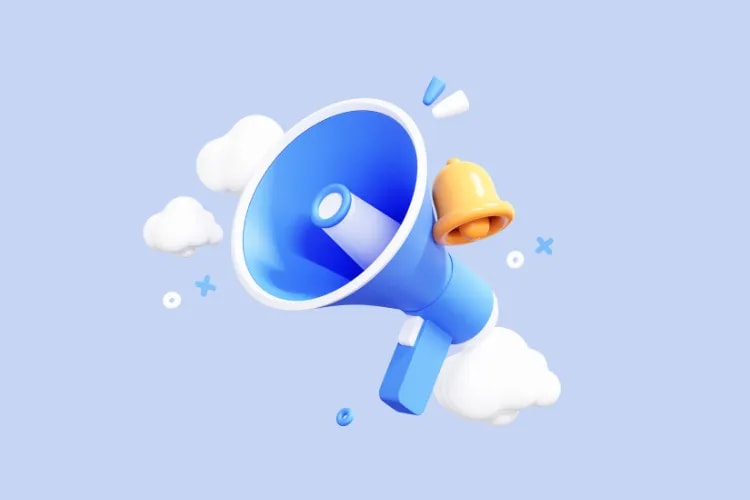
Selling out an event is part art, part science—and your choice of ad platforms often decides how fast you get to “sold out.” In a world where digital takes the lion’s share of the marketing budget, you can’t afford to spray your spend across every channel. You need to map the right platform to your audience and the exact moment they’re ready to buy.
That’s not just gut feel.
Gartner reports that digital channels now account for roughly 61% of total marketing spend, with paid search rated among the highest-impact conversion channels. For event marketers, that means aligning each platform to its role in the funnel—search to capture bottom-funnel intent (“tickets near me”), social and video to create demand and retarget, and B2B platforms to zero in on professional buyers.
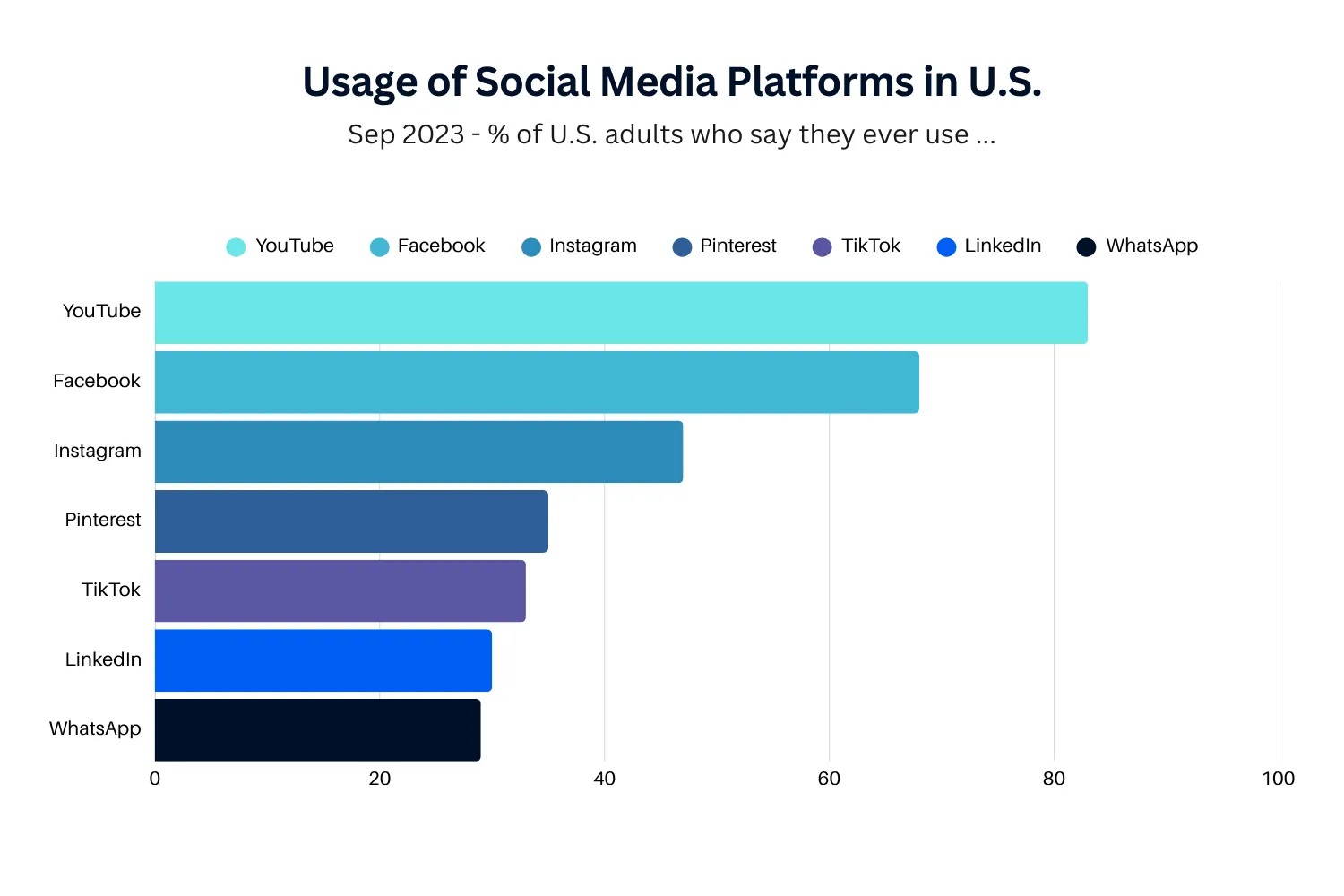
The Loopyah Content Team shares expert insights, practical guides, and industry updates to help event organizers create unforgettable experiences and stay ahead in the event planning world.
selling
In this guide, we’ll break down the five ad platforms that consistently drive ticket sales—Facebook/Instagram, Google, X (Twitter), TikTok, and LinkedIn—when and why to use each, and how to optimize campaigns for the lowest possible cost per acquisition (CPA). If you’d like a single place to plan, sell, and measure your campaigns end-to-end, explore our event software features on Loopyah. Learn more about our all-in-one toolkit.
Meta’s Ads Manager gives you scale across Facebook, Instagram, Reels, and Stories—plus flexible creatives (image, vertical video, carousels) and robust retargeting. It’s often the default engine for consumer events because it combines broad discovery with precision retargeting via your pixel and uploaded lists.
Advantages
Detailed targeting options: age, location, interests, behaviors, lookalikes.
Massive reach across Facebook and Instagram—ideal for broad awareness and creative storytelling.
Versatile formats: single image, carousel, vertical video, Reels, Stories; sound-on moments that showcase performers, crowds, or venue vibes.
Retargeting: build audiences from your site traffic, cart abandoners, Instagram engagers, and email lists.
How to create effective Meta campaigns for events
Lead with native, vertical video. Use 1–3 second hooks: artist drops, crowd reactions, venue pan, or speaker soundbite. Overlay date, city, and CTA.
Write tight copy. Keep primary text scannable, with the headliner/value prop up front and a clear CTA: “Get tickets,” “Register now,” “Early bird ends Friday.”
Match targeting to your attendees. Use radius targeting around the venue, age brackets aligned to your genre, and interest stacks (e.g., comedy fans, craft beer, tech leaders).
Track purchases. Implement the Meta Pixel and Conversions API so the algorithm optimizes toward actual ticket sales.
A/B test weekly. Rotate hooks, thumbnails, CTAs, and lengths (6–15 seconds). Turn off underperformers quickly and redistribute budget.
Mini case study: A regional food-and-music festival paired Reels with a 15-mile radius and interest targeting (foodies + live music). After installing the Pixel/CAPI and feeding purchase events back to Meta, their CPA dropped 29% in two weeks as the system learned who actually buys.
Google Ads covers Search, Display, and YouTube. For ticket sales on a deadline, Search is your “harvest intent” workhorse—capturing buyers the moment they query “comedy show Friday Boston” or “tickets near me.” YouTube and Display extend your reach and retarget undecided visitors.
Advantages
Active intent. You meet people exactly when they’re searching for “[genre] + [city] + [date].”
Granular geo/radius targeting. Concentrate spend around your venue and exclude non-service areas with presence settings.
Remarketing. Use your data segments to re-engage site visitors on Search and YouTube and close the loop with limited-time offers.
How to optimize Google campaigns for ticket sales
Own the intent stack. Build exact and phrase match around core terms: “tickets,” “events,” “near me,” headliner names, venue names, and date-modified queries.
Tighten your geo. Use radius and city targeting; exclude regions you can’t serve. Layer “presence: people in or regularly in your targeted locations.”
Wire conversion tracking first. Optimize to purchase (or completed registration) events, not clicks.
Write ad copy that mirrors search intent. Include date, city, headliner/speaker, and add sitelinks for seating chart, FAQs, and pricing tiers.
Send to a fast, mobile-first landing page. Put the CTA above the fold, display real-time availability, and reinforce urgency (limited seats/early-bird deadline).
Mini case study: An 800-seat theater targeted “[headliner] + [city] tickets,” used a 12-mile radius with strict presence settings, and set up purchase conversion tracking. Paired with YouTube remarketing, they lifted purchase conversion rate by 41% while reducing wasted spend outside their service area.
X shines when timeliness matters. You can target by keywords, conversations, interests, follower look-alikes, and even align with cultural or local happenings. Use it to insert your offer into live conversations and then retarget engagers with urgency-driven creatives.
Advantages
Real-time conversation. Ride hashtags, local news, or event timelines to be where attention peaks.
Flexible targeting: keywords, conversations, interests, follower look-alikes, and event targeting for major happenings.
Promoted-only Posts. Run paid-only creatives without cluttering your organic timeline.
How to leverage X for event promotion
Conquest keywords and hashtags around your date/genre/venue. Include a time-bound offer in the creative (Last Day for Early Bird).
Engage in replies. Pin Q&A threads, parking info, and schedules; retarget engagers with purchase-focused ads.
Activate influencers and local tastemakers. Promote their posts to reach adjacent communities fast.
Mini case study: A downtown comedy night surrounded their show week with keyword targeting (comedian name + “tickets”), layered event targeting around local sports playoffs buzz, and retargeted engagers with a 24-hour countdown. Result: a 2.1x uplift in last‑minute sales at under a $12 CPA.
TikTok pairs a large, younger-leaning audience with creative formats that reward authenticity and sound-on moments. In-Feed ads and Reels-style vertical video work especially well for music, nightlife, and festivals. Automation can start broad, then learn into converters; manual controls remain available for location, age, interests/behaviors, and device.
Advantages
High engagement with native vertical video; ideal for discovery and social proof via comments/duets.
Creative variety: In-Feed, TopView, Spark Ads (boost creator posts), and branded effects/filters.
Automation that learns. Start broad with conversion objective and let the system find buyers; refine with retargeting and interest stacks.
How to build effective TikTok campaigns for events
Shoot native-first. Fast cuts, captions, trending sounds, and a clear on-screen CTA. Feature faces, moments, and “what to expect” clips.
Spark Ads to amplify creators. Partner with micro-creators and boost their authentic posts with your ticket link.
Retarget viewers and site visitors with limited-time offers. Sequence ads from hype (discovery) to details (date/venue) to urgency (countdown).
Mini case study: A multi-genre music festival invited campus creators to post “3 reasons I’m going” videos, then Sparked the top performers. Paired with retargeting, they reached new audiences at a 26% lower CPM versus other social and converted student bundles profitably.
If your tickets tie to professional development, LinkedIn’s job-based targeting is hard to beat. Build audiences by title, function, seniority, company, industry, or company size, and reduce friction with Lead Gen Forms that pre-fill from profiles. Sponsored Content drives registrations; Sponsored Messaging can move warm prospects to commit.
Advantages
Unmatched B2B precision for conferences, trainings, trade shows, and certification programs.
Lead Gen Forms reduce friction and increase quality by using verified profile data.
Sponsored Content + Sponsored Messaging combo nurtures complex, high-value registrations.
How to use LinkedIn for professional events
Target by job title/function and seniority aligned to your ICP (e.g., “Head of Marketing,” “VP Sales,” “Data Scientist”).
Lead with value. Highlight CE credits, ROI takeaways, marquee speakers, and networking access. Use a clear pricing tier table on the landing page.
Use Lead Gen Forms for upper-funnel campaigns and retarget submitters with a direct “Secure your pass” offer.
Mini case study: A SaaS growth summit targeted Directors+ in software and IT, split-tested speaker carousels vs. value-prop cards, and used Lead Gen Forms for cold audiences. Retargeting submitters with a 10% deadline discount drove a 32% lower cost per paid registration.
There isn’t one universal “best ad platform for ticket sales.” Your winners depend on audience, timeline, and offer. That said, proven patterns emerge when you align platform roles to funnel stages and demographics.
Platform fit + intent alignment + disciplined measurement beats any single “best” ad platform.
Two data points to frame your choices: digital already commands most budgets, and platform use skews by audience. Gartner finds digital channels account for 61.1% of marketing spend, and Pew Research shows YouTube and Facebook remain the most widely used platforms among U.S. adults, with Instagram at roughly half and TikTok/LinkedIn reaching smaller but meaningful segments (younger and college-educated, respectively). Lean into the channels your attendees already use.
Best for by scenario
Immediate intent (“tickets near me”): Google Search
Broad discovery + retargeting for consumer events: Facebook/Instagram (Reels/Stories)
Youth-skewing music, nightlife, festivals: TikTok (plus Reels/Shorts as a hedge)
Real-time, event-adjacent activation: X (Twitter)
B2B conferences, trainings, and certifications: LinkedIn
Pros at a glance
Meta: Scale + creative variety; strong retargeting; great for storytelling.
Google: Captures purchase-ready demand; precise geo; reliable conversion tracking.
X: Conversation-first; timely takeovers; keyword/event targeting to capture buzz.
TikTok: High engagement video; social proof; creator amplification.
LinkedIn: Job-based precision; high-quality leads; frictionless Lead Gen Forms.
Watch-outs
Meta: Creative fatigue can spike CPA—rotate hooks and formats weekly.
Google: Broad match without negatives can waste budget; always monitor search terms and geo presence settings.
X: Conversation relevance is everything—poor timing or weak creatives underperform.
TikTok: Non-native ads get skipped; prioritize authentic, quick-cut, sound-on video.
LinkedIn: CPCs can be higher—optimize for lead quality and downstream conversion, not just front-end cost.
Example paid mixes
Music festival (youth-heavy): 35% TikTok, 35% Instagram (Reels/Stories), 20% Google Search, 10% retargeting across Meta/YouTube.
Comedy/theater in a metro: 45% Google Search, 35% Facebook/Instagram, 10% YouTube, 10% retargeting (Search + Meta audiences).
B2B summit: 50% LinkedIn (Lead Gen + Sponsored Content), 30% Google Search (brand/intent), 20% Meta/YouTube retargeting.
Lock in these fundamentals before you scale spend. They’re the fastest path to lower CPA and stronger on-sale performance.
Define success and wire tracking first. Optimize to purchases or completed registrations, not just clicks or landing page views.
Concentrate your geo. Use radius/city targeting and presence controls so budget stays near your venue. Mirror your distribution footprint if relevant.
Build retargeting loops. Segment by site visitors, cart abandoners, video viewers, and social engagers; tailor creatives by stage (awareness → details → urgency).
A/B test relentlessly. Hooks, thumbnails, CTAs, and lengths. Kill losers quickly; feed winners more budget and new variations.
Write copy that removes friction. Always include date, city, venue, and the one-liner why to attend. Add scarcity: “Only 150 early birds left.”
Optimize your landing page. Fast, mobile-first, and distraction-free. Seat map or pricing above the fold, trust signals (ratings, partners), quick FAQs, and multiple payment options.
Schedule around buying windows. Ramp spend for on-sale, headliner announcements, price rises, and the last 72 hours before doors.
Mind frequency and fatigue. Rotate creatives weekly, especially on short timelines and small geos.
Learn more tactics to boost performance:
Tools to plan and measure campaigns: Event marketing tools
Improve on-site conversion rates to make ads work harder: Factors affecting ticket sales conversion
If you’re looking for a simple rule of thumb, start with a balanced mix: Google Search to harvest demand, one primary social/video channel (Meta for broad consumer events, TikTok for youth-heavy entertainment, LinkedIn for B2B), and retargeting across both. Measure purchase conversions end-to-end, tighten geo, and iterate creatives weekly until CPA stabilizes ahead of your on-sale and peak buying windows.
Most importantly, choose channels that match how your specific attendees discover and decide. With platform fit, intent alignment, and disciplined measurement, you’ll turn awareness into paid tickets—consistently.
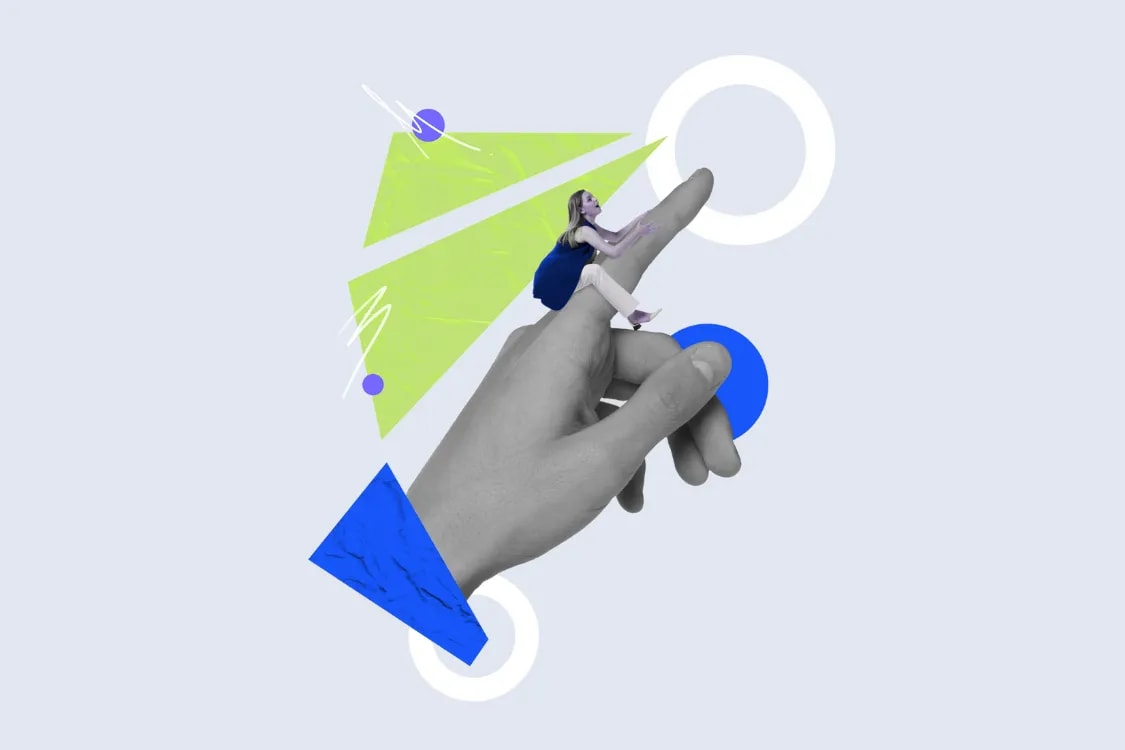
marketing
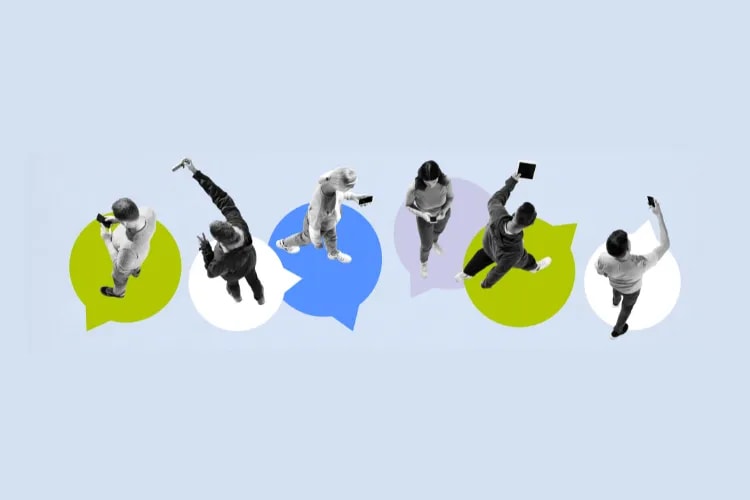

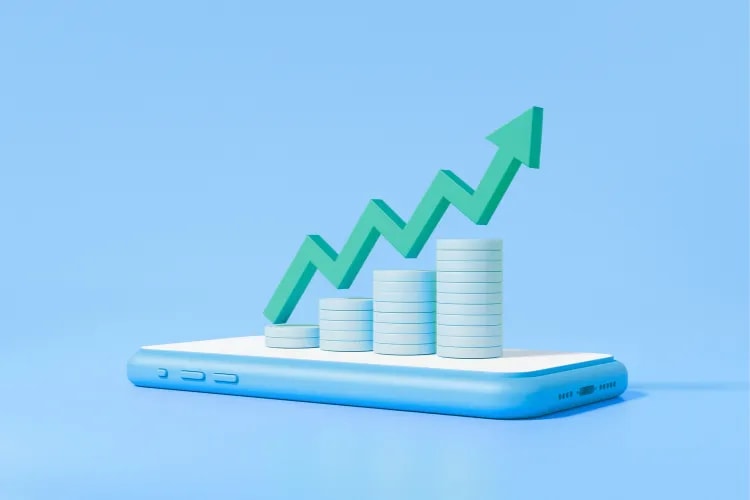
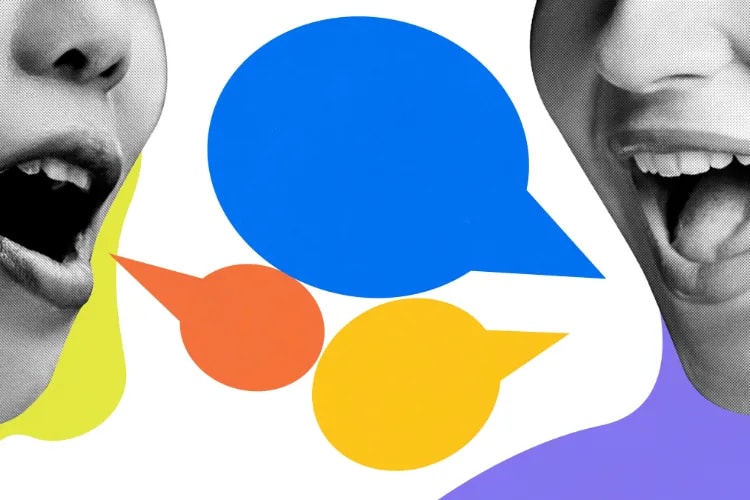
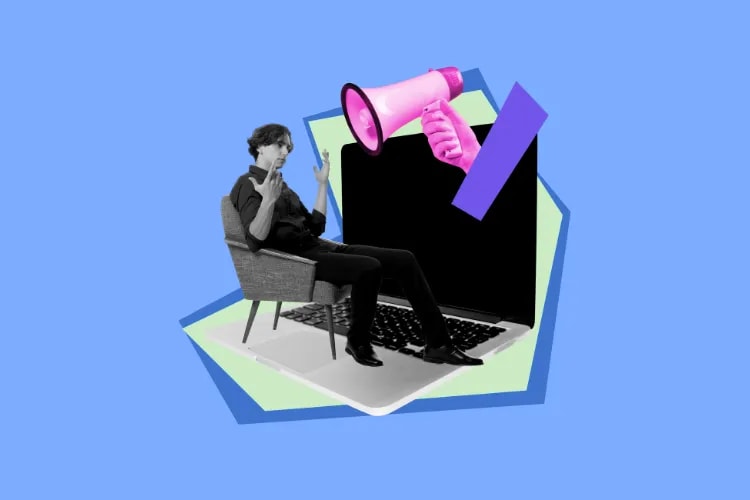
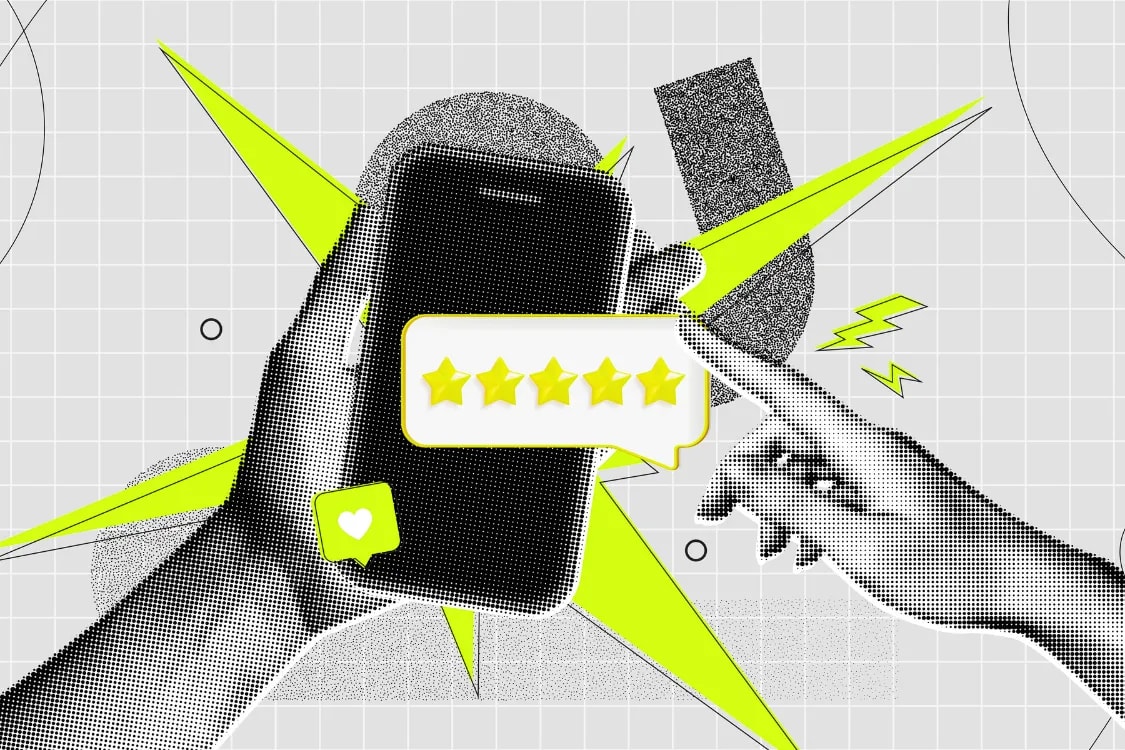


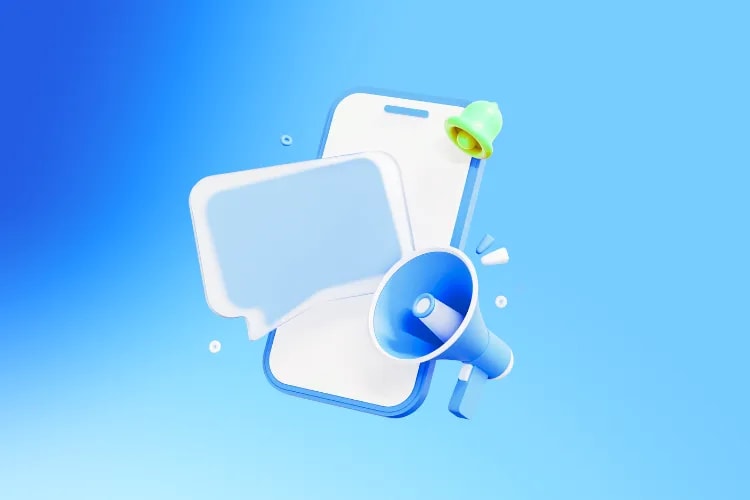
marketing
marketing
selling
marketing
marketing
marketing
marketing
tools
planning